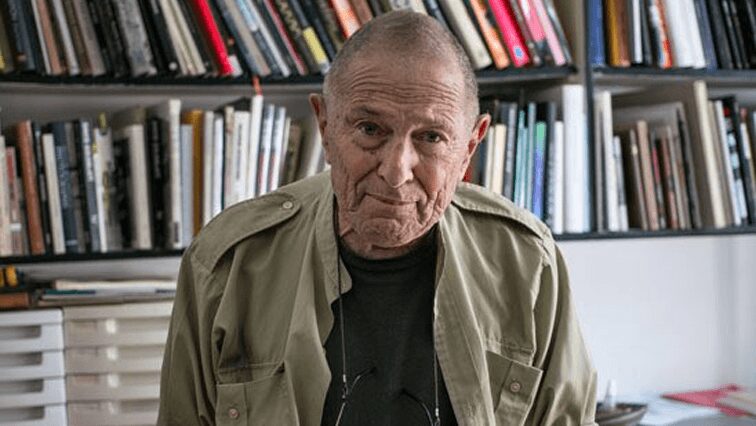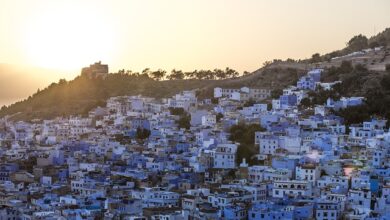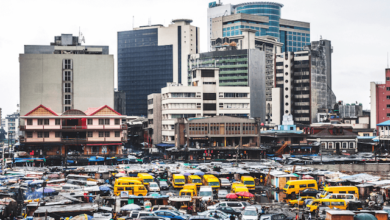Death of South African photographer David Goldblatt

He was a sacred monster of South African photography and a man committed to apartheid. With his images he was an extraordinary witness of life and injustice under the apartheid system. David Goldblatt died on Monday, June 25, at the age of 87, according to a statement published by the Center Pompidou who has just dedicated a major retrospective.
When the South African students demonstrated in 2015 against the maintenance of a monument celebrating the British colonizer Cecil Rhodes, he was there. “Unbundling of Cecil Rhodes’s statue after she was stained with human excrement and the university acceded to the students’ requests to remove it.” This is the title of an image taken on April 9, 2015 at the University of Cape Town by David Goldblatt. Until the end, the photographer remained faithful to his commitment to justice and a flawless witness of the upheavals of his country, South Africa.
Born November 29, 1930, in Randfontein, Transvaal, South Africa, David Goldblatt is the son of two parents of Jewish German ancestry, a fact certainly not foreign to the fact that he will be very sensitive to racism. Today, David Goldblatt remains a role model for the younger generation of photographers like Zanele Muholi, one of South Africa’s most impactful contemporary artists today.
“Goldblatt is a mentor to me and I admire his work. It was someone who gave us the right to express ourselves. Thanks to him we can speak with different voices from the same space.”
Observations and battles against apartheid in South Africa
Goldblatt had an unparalleled sensibility and talent to wander between the lines, between black and white, to extract a truth undermining the injustices of a political or moral system. For his first photos, he was obliged to be content to make findings. Having become a press photographer in 1948, he observed with his camera the appearance of the signs of racial segregation, a manifestation of apartheid politics. Then he documents with incredible persistence for decades the daily life of whites and blacks in South Africa.
His latest photos resonate like a call: “never again”. For example, in 2016, when he takes a photo of a simple bridge and turns it into an anti-apartheid memorial. The double staircase designed to separate “whites” from “non-whites” becomes a monument of shame reminiscent of the 1953 law on separate facilities.
And he also insists that if the signs indicating the separate queues were removed after the victory and the liberation of Nelson Mandela, the traces and some thoughts remain anchored in the territory, the bodies and the spirits until today.
“David Goldblatt was one of the major figures of contemporary photography, an ethical and moral conscience of the role of the artist in our societies,” said Bernard Blistene, director of the National Museum of Modern Art. The big retrospective dedicated to David Goldblatt at the Center Pompidou-Paris closed at the beginning of May, but his photographic testament will remain forever.




